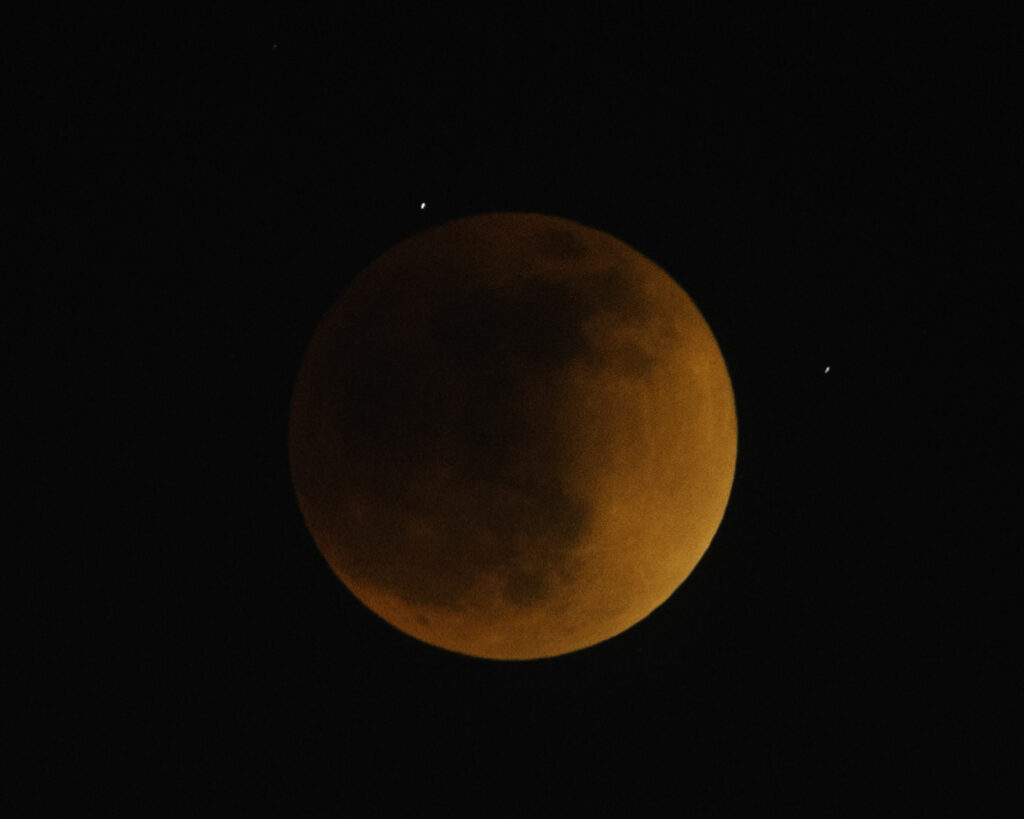
It was May16th2022 when I tried capturing the lunar eclipse for the first time and on that day I learned a lot about how capturing the moon during the eclipse is more complex than regular days. Along with this, I have some tips to share with all beginners and intermediate-level photographers as the ones who don’t belong in the above category might already know these tricks :).
The foremost thing that you will find difficult on an eclipse day is to set focus on the moon as the moonlight will be low so don’t get upset. Try putting focus to infinity through manual focus and follow the below 5 points to get all phases of the Lunar eclipse during your next trial:
- Using a tripod is a must as the handheld photos will be shaky and blurry
- Set focus to manual
- Open the lens to the widest aperture. In my case, it was f/6.5
- Last but definitely most important, either use camera’s self-timer or cable release. This will remove the unnecessary blur that can happen by manually clicking on the shutter
- Shutter speed is something that we have to keep changing gradually as the moon will become darker. For my photo, I tried from 1/30 to 1/2 sec
Capturing details of the moon with craters without eclipse and with eclipse can be seen below. Camera settings for capturing a normal day full moon are ISO 100, Shutter 1/500 Focal 250mm, and f11.
Hope I was some help to my fellow photographers 🙂
This is the right blog for everyone who wants to find out about this topic. You understand so much its almost hard to argue with you (not that I personally would want toÖHaHa). You certainly put a new spin on a topic thats been written about for decades. Wonderful stuff, just great!